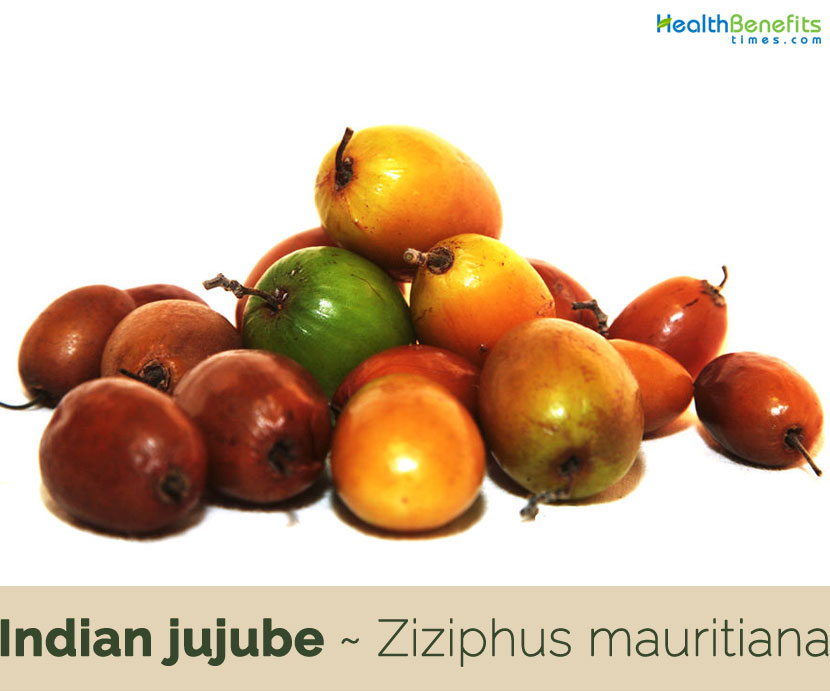Sankranthi

Sankranthi brings to my mind Yelchi-hannu (Indian jujube), a humble thumb sized berry which was bought or used in a small quantity of ten or twelve during the Sankranthi festival in our younger days. The berry formed a part of the offering of “yellu” (fried sesame seeds mixed with halved peanuts, fried gram, cut pieces of dried coconut and jaggery) with a piece of sugarcane offered in the morning during pooja at the alter of the household deities.
“Sankranthi raavadam, snananalu cheyadam, madibattalu kattadam, koddiga thinadam” (సంక్రాంతి రావడం, స్నానానాలు చేయడం, మడిబట్టలు కట్టడం, కొద్దిగా తినడం) is a ditty sung in Telugu. An oil smeared bath is a must on this day, so also wearing of new clothes and eating a sumptuous meal. In Tamilnadu it is observed as “Pongal” –pongal literally meaning spilling over while boiling. Families of farmers having harvested their crop and with money in hand buy new clothes, new pots and set up a make-shift fire place in the open field and with rice, milk and jaggery prepare a dish which while boiling should “Pongal” or spill over.
In tradition bound Karnataka Sankranthi is closely associated with the preparation and distribution of “yellu” to all the known households. “Yellu kottu olle maathadu” (ಎಳ್ಳು ಕೊಟ್ಟು ಒಳ್ಳೆ ಮಾತಾಡು)is a saying which means give yellu and speak good words (good wishes). Sankranthi is also the occasion for the farmers to bathe and adorn their cows and bullocks and make them jump over a bonfire to dispel evil spirits.
Coming back to Yelchi hannu, which is not much relished as a fruit as it has a slight sour taste, its restricted use was to be part of a now forgotten ritual. Young boys (generally lower than five years of age) were the center of this ritual. They were given the customary yenne-snana, wore a colorful dress (a deep blue velvet coat, generally) made to sit on a low wooden platform (mane, as it was called) on which a white cloth was spread. A gold chain belonging to some lady in the house would adorn his neck. Another string of glass beads, with strands of colorful woolen in between, and more specifically coin sized bits of sugar wafers called batthasu or diamond sugar would adorn the child. The ritual required pouring the Yelchi-hannu and small bits of sugarcane in a silver vessel over the head of the child three or four times. AArathi was then performed and lastly to ward off the evil eye a lighted torch made of the broom sticks was waved before the child and made to burn out in a corner of the house.

My mom would begin preparations for Sankranthi, which comes on the l4th of January, nearly a fortnight earlier. She would make what was called “sakre acchu” melted sugar poured into wooden molds to the shape of fruits, flowers, towers, trees etc. She would also buy some crystal sugar (called diamond sugar) and on a slow fire give a coating that left a crinkly surface to it. A kai-obbattu was a must in the menu for this festival along with chitranna and aambode.
Haa! Where are those days !!
Yellu is sold in shops, plastic is the container, Whatsup is the way of greeting!!